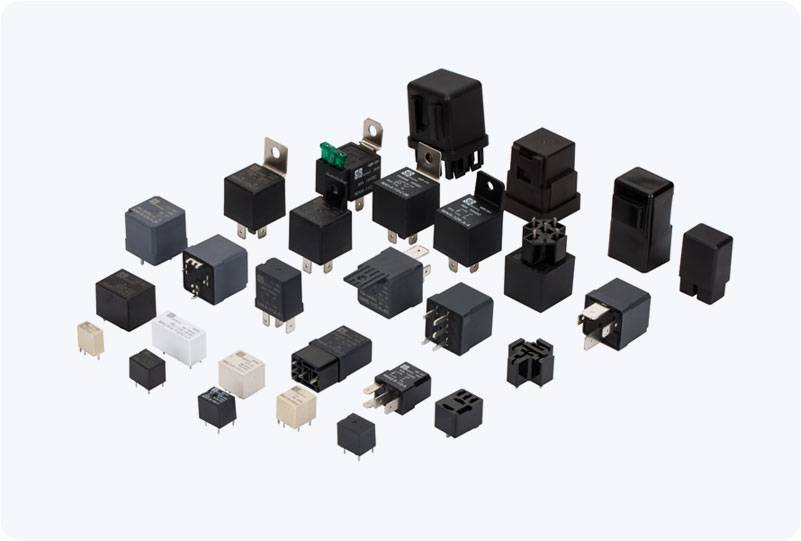Safety relays play a crucial role in ensuring the protection and reliability of industrial machinery and processes. As industrial systems become increasingly automated, the need for safety measures to protect both operators and machinery has never been greater. Safety relays are a vital component in achieving this goal, providing a safeguard against potentially dangerous malfunctions. This article will explore the importance of safety relays, their functionality, and why they are essential in industrial automation.

What is a Safety Relay? A safety relay is an electrical device used to monitor and control safety functions within an industrial automation system. Its primary purpose is to ensure that hazardous situations are prevented by immediately disconnecting or activating safety devices when necessary. The relay receives input signals from safety sensors, such as emergency stop buttons, safety gates, or light curtains. Based on these inputs, the relay processes the signals and activates or deactivates certain control circuits to protect both the workers and the machinery. Safety relays are designed with redundancy and fail-safe features. In other words, if a safety relay fails, it must fail in a way that does not compromise the safety of the system. This ensures that even in the event of malfunction, the safety mechanism remains active and the risks to personnel or equipment are minimized.